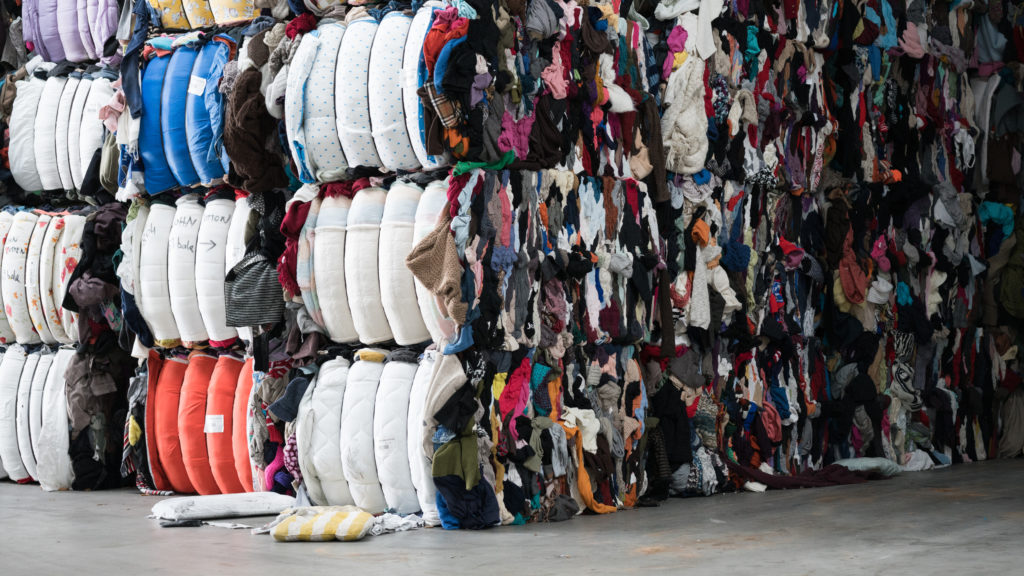Whereas prices have been stable this year at around 44-70 for material from textiles banks and 150-175 for charity rags, prices are now around 55-80 for textiles and 180-230 for charity rags.
Textile recyclers are now looking for more material to meet demand. Andrew Stockwell, general manager for Oxfam Wastesavers, said: “There is always a traditional fall off in the late autumn in the run up to Christmas. There is a downturn in volumes coming into the system but hopefully things should pick up in the spring.”
The export market for textiles is good, with strong traditional demand for light-weight sorted cloth from the African markets. Export demand is still fairly high for sorted products in Eastern Europe. And there is also increased demand from Eastern Europe and the Middle East for unsorted original charity rags because of cheaper sorting costs in the Ukraine, the Baltic States and Latvia.
Ray Clark, operations manager for Lawrence M Barry, said: “Demand is high and there is a shortage of rag as always before Christmas as material gets damp although the weather has been quite kind to us. The export market is always very busy at this time of year with people wanting clothing for Christmas as orders take between four and seven weeks to get to where they need to go.”
Buoyant
The export market appears to be very buoyant with one textiles recycler saying that export conditions were so good that he could sell the same material for 250 on the export market compared with 230 in the UK. Mr Clark agreed that the export market was buoyant and the home market steady.
Mr Stockwell said: “The export markets are extremely buoyant with strong demand for good quality cloth from the African markets. And export demand for good quality products in Eastern Europe is still fairly high. We have a full order book going into 2002.”
While there was a period of uncertainty at the start of the conflict in Afghanistan, the textiles trade has picked up and most recyclers say that it has not had that much effect on demand.
Mr Stockwell said: “The countries bordering Pakistan showed a drop in demand for material from the UK at the start of the conflict. Although there was a downturn in volumes, products are now starting to move again which is being reflected in prices.”
But Mr Clark said that the market could change if any aid agencies deliver clothing into the region.
The decline of the British manufacturing industry has meant that both a reduced supply of material from textiles manufacturers and slower demand for wiper cloths from the engineering sector has resulted in some recyclers facing difficulties.
Continued on page 2











Subscribe for free